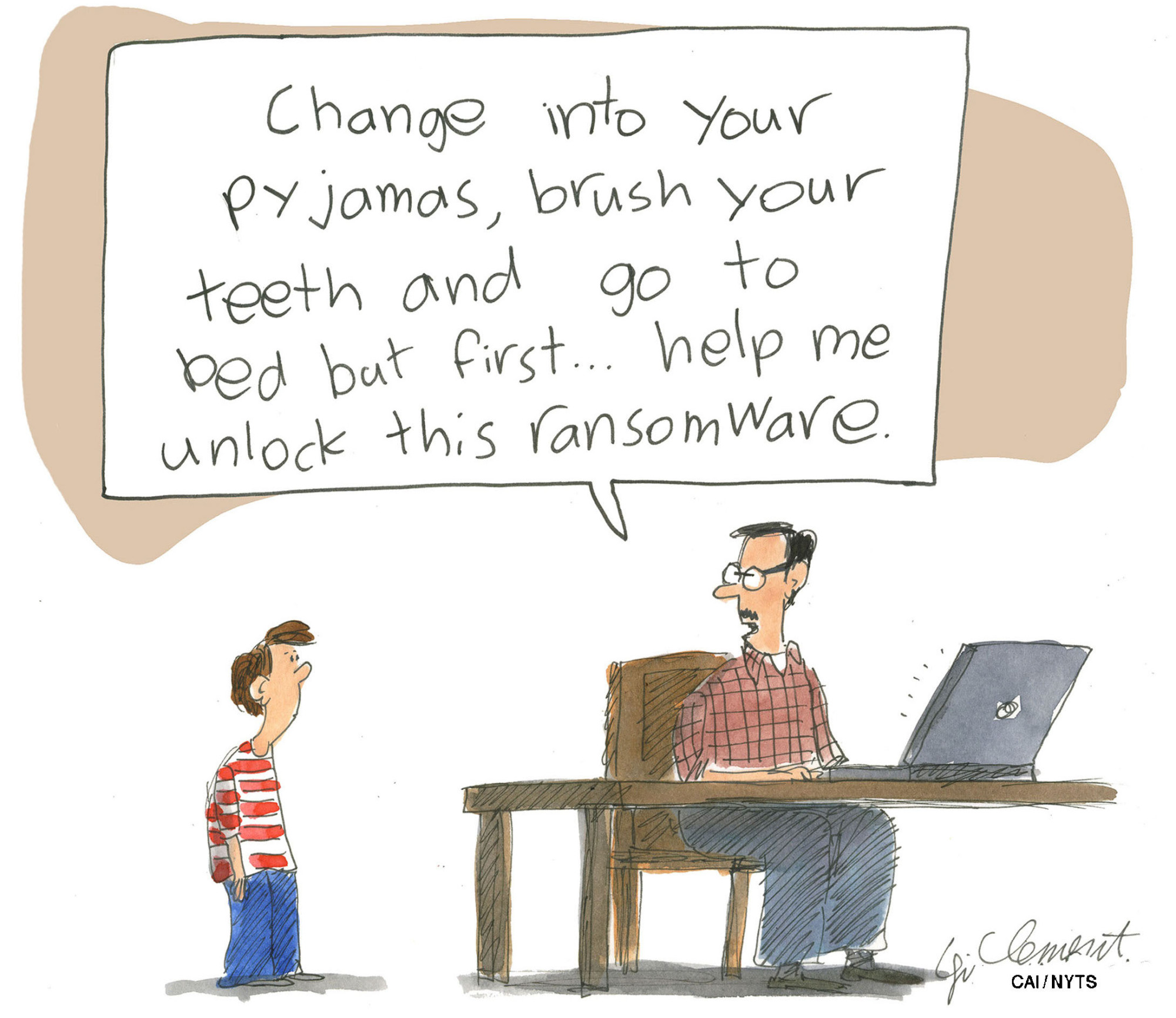The "WannaCry" ransomware attacks, which some experts tentatively attribute to North Korea, remind us again that malicious malware crosses borders without pause and has the potential to cause serious harm to friend and foe alike.
Days after the news broke, 99 countries had reported attacks, including major disruptions at 16 of Britain's National Health Service health care centers, Russia's Interior Ministry, FedEx and Spanish telecom giant Telefonica. Despite significant investment in network security, automated security patching by Microsoft, and the best efforts of computer emergency response teams (CERTs) and incident responders across the globe, WannaCry spread like wildfire, wreaking damage on those infected. Cyence, a computer-risk modeling firm, estimates the WannaCry ransomware caused $4 billion in damages in just a few days. The rapid and destructive spread of this ransomware highlights the need for a coordinated international response to large-scale cyberattacks.
A new Trump administration executive order on cybersecurity calls for public and private input on defending U.S. networks as well for an international cyberengagement strategy. The order is a small step in the right direction toward addressing systemic risk to the internet, but the time has come for real action. The interdependent nature of today's international system brings with it new risks of catastrophic failure and concrete steps must be taken to address them. This means better real-time coordination between a variety of security vendors, CERTS and internet service providers (ISPs), a stronger commitment to security from developers and end users, and better cross-border support between governments pulling in domestic private resources as needed.



